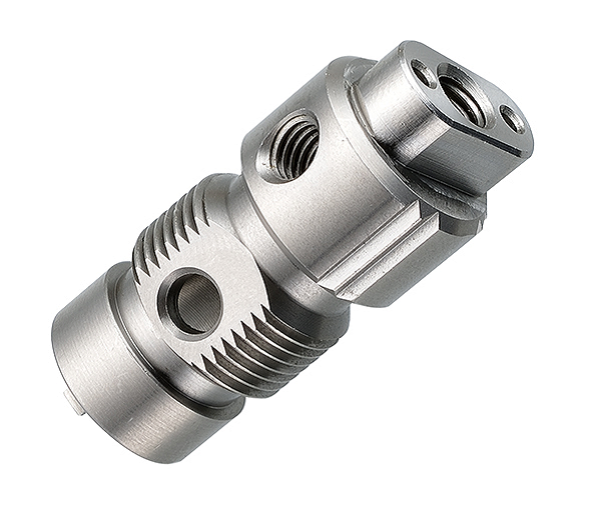The Specification of CNC Precision Steel Engine Component
November 09, 2023
Precision Turned Parts Display

The specifications of Precision Cnc Turning Parts can vary depending on the specific application and requirements. However, some common specifications include:
1. Material: Steel is the primary material used for precision engine components due to its strength, durability, and heat resistance. Different grades of steel, such as stainless steel or carbon steel, may be selected based on the desired properties.
2. Tolerances: CNC machining allows for high precision and tight tolerances in the manufacturing process. The specific tolerances will vary depending on the component and its function, but typical tolerances range from +/- 0.001 inches to +/- 0.005 inches.
3. Dimensions: The dimensions of CNC precision Steel Precision Turned Parts will be determined by the design and requirements of the engine. This includes factors such as the size, shape, and specific measurements of the component.
4. Surface finish: CNC machining can achieve different surface finishes for steel engine components, which may be specified based on functional or aesthetic requirements. Common surface finishes range from rough to mirror-like finishes.
5. Heat treatment: Depending on the desired properties, some precision steel components may undergo additional heat treatment processes. This could include processes like carburizing, quenching, tempering, or annealing, which can improve hardness, strength, and overall performance.
6. Coatings: To enhance corrosion resistance, minimize friction, or improve wear resistance, certain precision steel engine components may be coated. This could involve processes like plating, powder coating, or applying specialized coatings like thermal barriers or anti-friction coatings.
7. Weight: The weight of CNC precision steel engine components can vary greatly based on the specific design and function. Some components may require lightweight design considerations for improved efficiency, while others may prioritize strength and durability over weight reduction.
8. Compatibility: Precision steel engine components need to be designed and manufactured to be compatible with the specific engine model or system they are intended for. This includes considerations such as bolt patterns, mounting points, and interface compatibility with other engine parts.
It's important to note that these specifications will vary based on the specific component and engine application. Detailed engineering specifications and requirements, including any industry or regulatory standards, will typically be provided by the engine manufacturer or the component designer.


